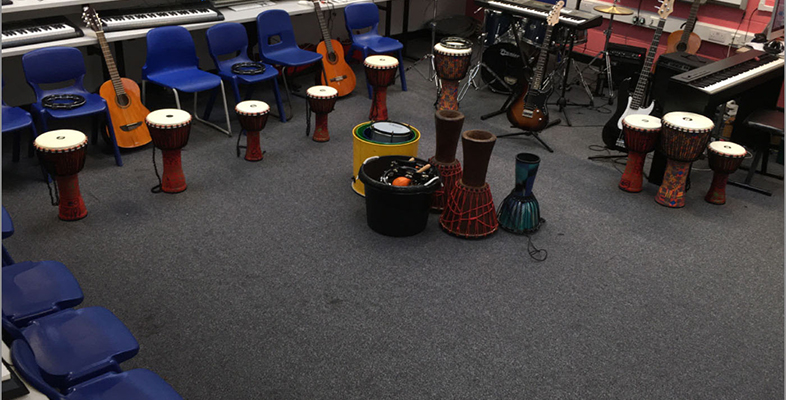3.3 Sharing criteria
We identified the importance of shared criteria in one of key principles for music assessment that were discussed in the previous section.
It is important that the teacher and young people have a shared understanding of what the criteria for success might be, whether this is negotiated or imposed. If what the young people are trying to achieve and the criteria that are being used to assess the effectiveness of their work do not correspond, then it is unlikely that the assessment process will be seen by the students as relevant or legitimate, or provide meaningful information about their musical learning.
Sharing criteria is, as we have suggested, a potentially much richer process than simply devising criteria (however laudable these might be) and then simply informing the students what these are – ‘sharing’ in the sense of ‘telling’. Shared criteria can form the basis of pupil–teacher dialogue, which can result in students feeling they have a stake in the assessment process rather than it simply being an externally driven force that is being done to them.
An important part of this dialogue is negotiating with students the criteria by which their work is to be assessed. This may involve, as Gipps says, ‘extended interaction between pupil and teacher to explain the task’ (in Spruce, 2002, p. 127) and the basis for what the teacher counts as success either in their own terms or in terms of an externally imposed set of criteria such as examination criteria. Young people are then in a position to apply such criteria in an informed way to their own and others’ work.
Young people can also be involved in defining the terms of assessment and the criteria for success. As Ross and Mitchell argue:
the teacher’s assessment [needs] to take full account of the pupil’s subjective world – that world where her particular aesthetic projects are conceived and her unique aesthetic judgements are made.
In other words, an important part of assessment is to ascertain what it is that the pupil is trying to achieve and express; ‘teachers and young people should sit down together in regular shared acts of assessment through talk’ (Ross and Mitchell, 1993, p. 100). Talking with students enables teachers to understand what it is that the young people are trying to achieve and to ensure that this is taken into account in the assessment of their work.
Activity 5
In a forthcoming lesson, find an opportunity to discuss with a young person what they are looking to achieve from a particular musical activity and experience. Compare their thoughts with your own. If there are differences, consider how you might bridge the gap between them. Write a brief report on the conversation and any changes to your teaching or assessment that resulted from it.
